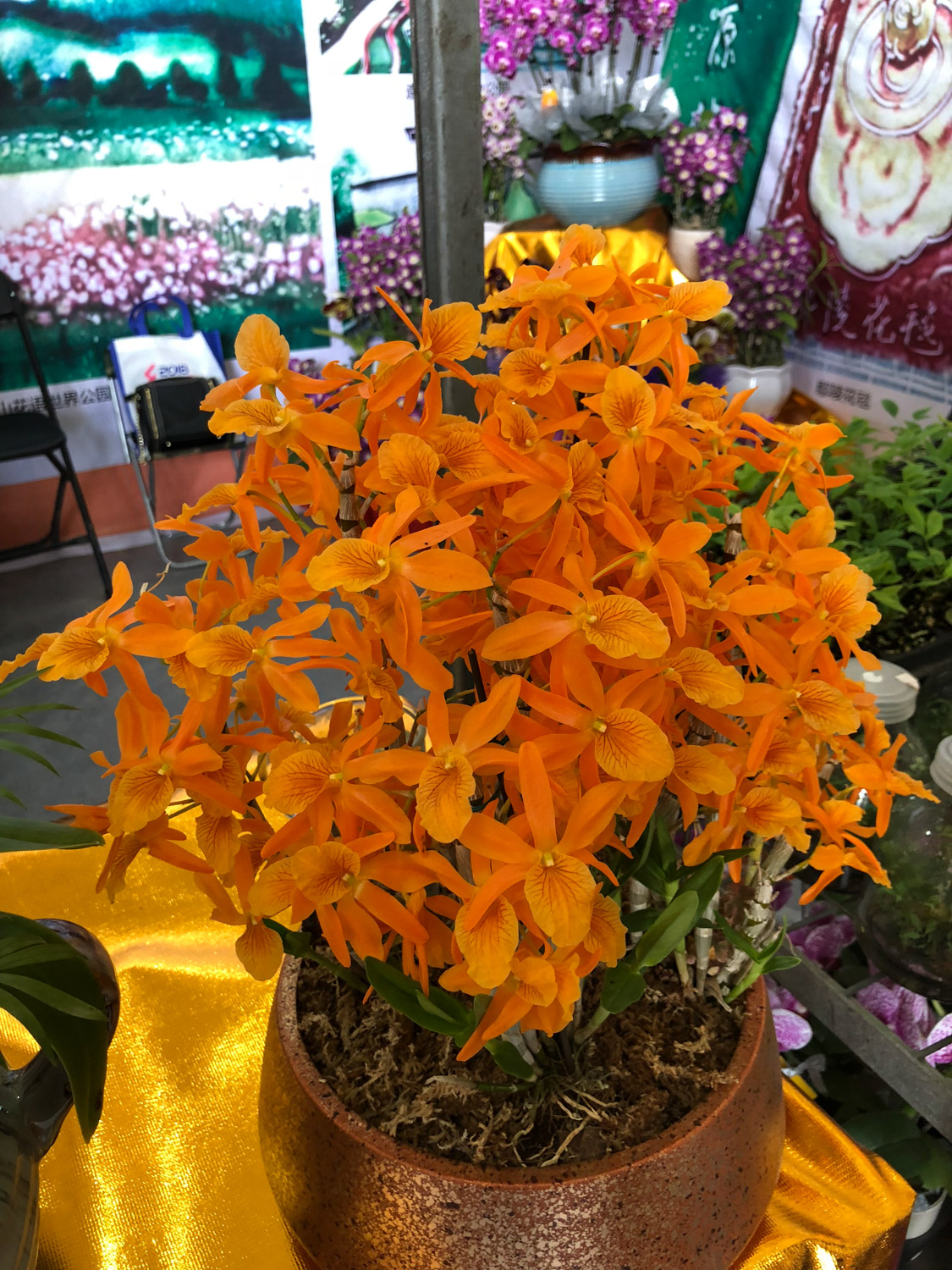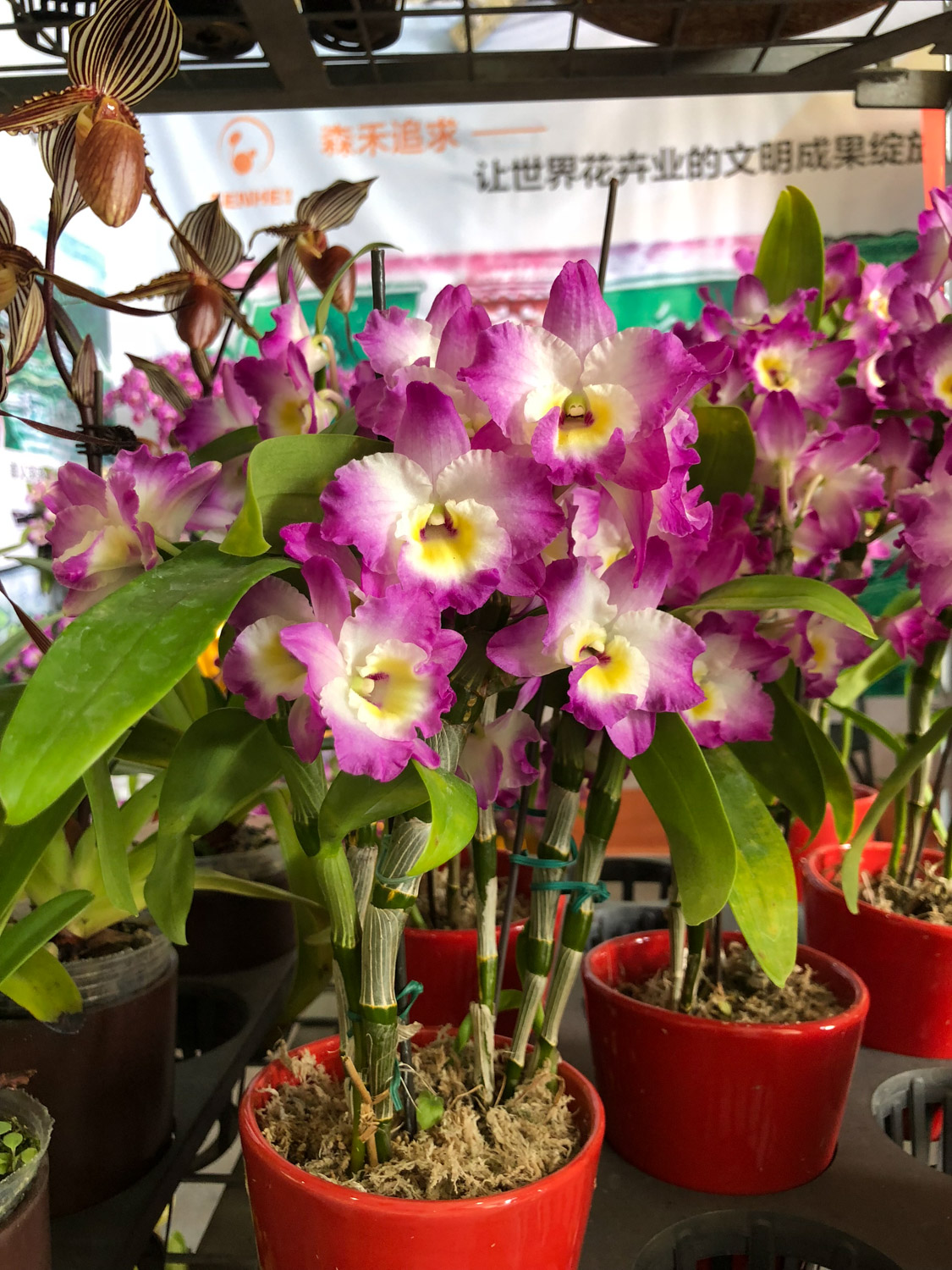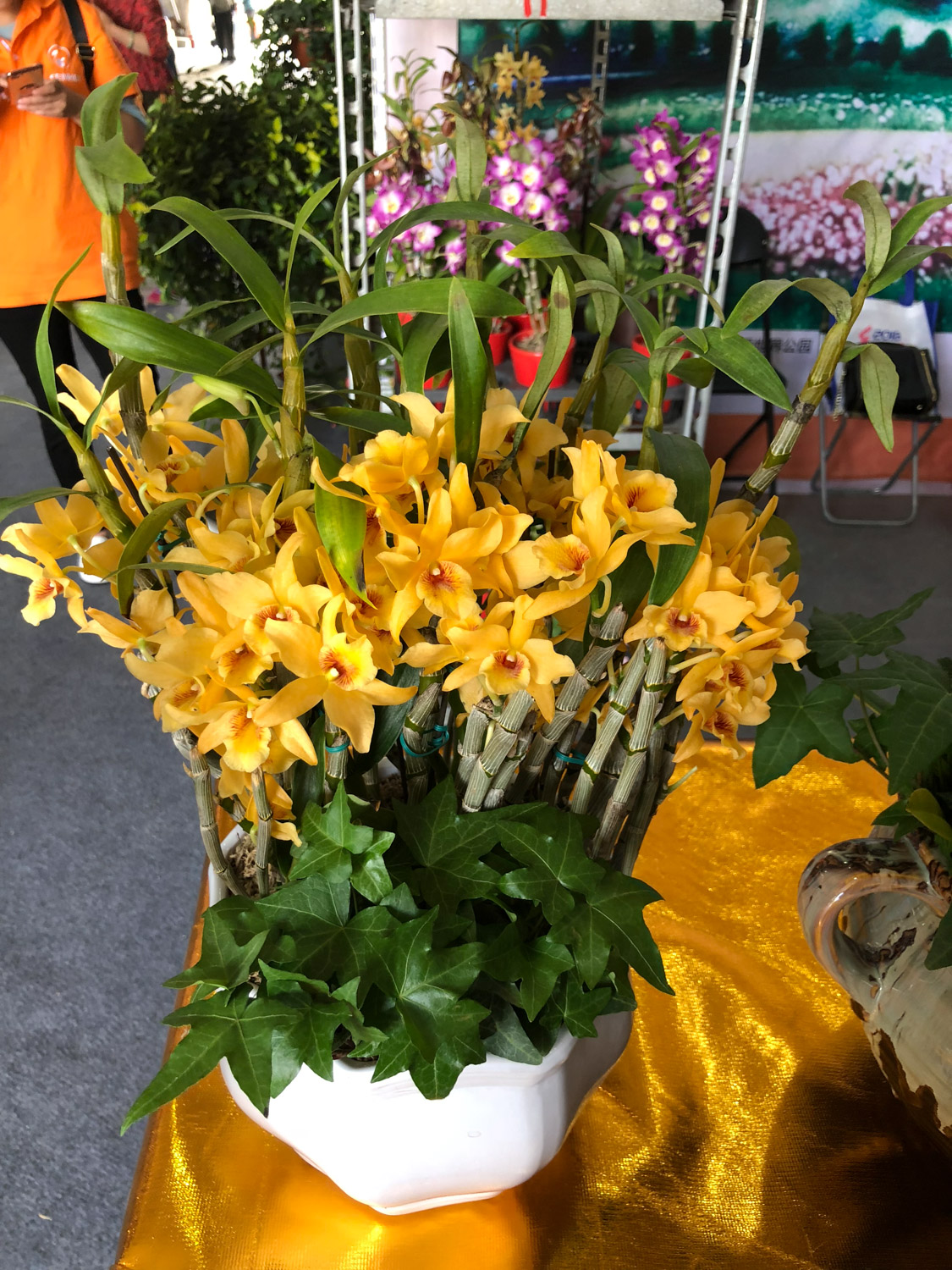1、 Curing method
1. Temperature: Dendrobium candidum likes to be warm. The specific range is between 15 and 28 degrees. Its cold resistance is relatively poor. Generally speaking, it grows where the average temperature in the coldest month is above eight degrees. If you breed indoors, the temperature will be more appropriate

2. Light: Dendrobium candidum has requirements for sunshine, but it is not too high. Generally speaking, a half Yin and half Yang environment is more appropriate. Because it is afraid of exposure, it needs shade under strong sunshine

3. Watering: Dendrobium candidum likes humidity and has a large demand for water. Generally speaking, in the season of vigorous growth, it has to be watered once a day. Moreover, when it is very hot, you need to spray water every day. Overall, it is more appropriate to keep the humidity of the air at about 60%

4. Fertilization: it also has requirements for fertilizer. In the vigorous growth season, it is best to apply it once a week. But the concentration should not be too high

2、 Breeding skills
1. Propagation: cutting method can be used. It can be carried out together with basin changing, which can be carried out in spring. Observe the plant. Some fleshy stems will grow on it. Generally, there are many nodes on these stems, which can be used as cutting materials. Each paragraph needs to have two or three sections at the top. After cutting, it is best to treat the wound with plant ash first, and then use peat soil, moss and other mixture as the matrix. After insertion, moisturize and put it in a cool place. In about a month or two, new buds will grow

2. Pruning: the shielding degree of Dendrobium candidum is best to be about 60%. Therefore, in order to avoid too much shade, it is necessary to trim it in time. Generally speaking, it is most suitable for centralized pruning in spring

3、 Problem diagnosis and treatment
1. Disease: there is often a disease that endangers leaves, called "black spot", which occurs more from March to May. Bordeaux can be used to control it

2. Insect pests: the most common species are "non shield scale" and "snail". The former can be controlled with dimethoate EC, and the latter can be directly captured manually

4、 Other issues
1. Toxicity: Dendrobium candidum is non-toxic and harmless

2. Whether it can be raised at home: it is quite appropriate to put it at home. Because it is originally used for viewing, it can be made into potted plants with good decoration


 how many times do yo...
how many times do yo... how many planted tre...
how many planted tre... how many pine trees ...
how many pine trees ... how many pecan trees...
how many pecan trees... how many plants comp...
how many plants comp... how many plants can ...
how many plants can ... how many plants and ...
how many plants and ... how many pepper plan...
how many pepper plan...

































